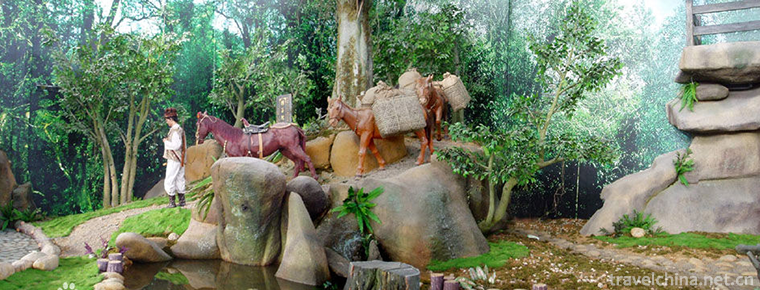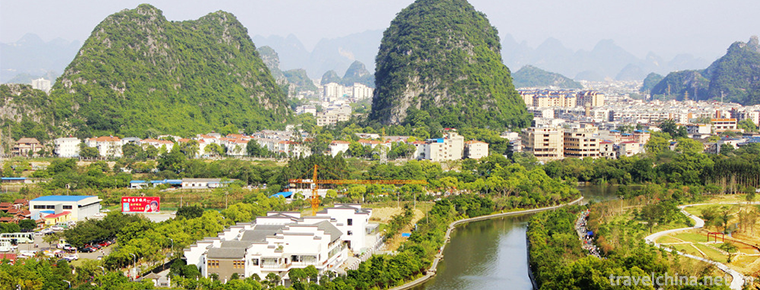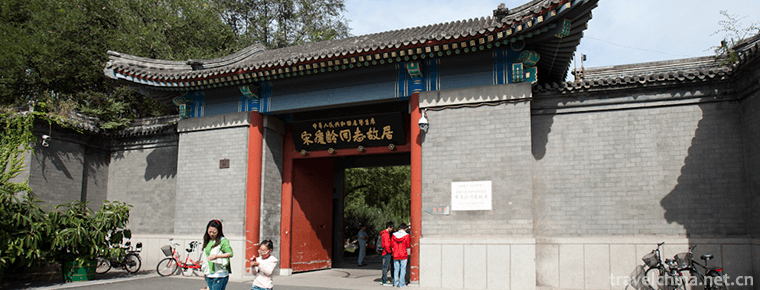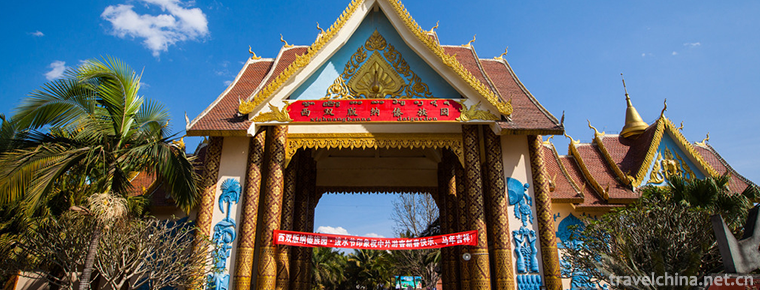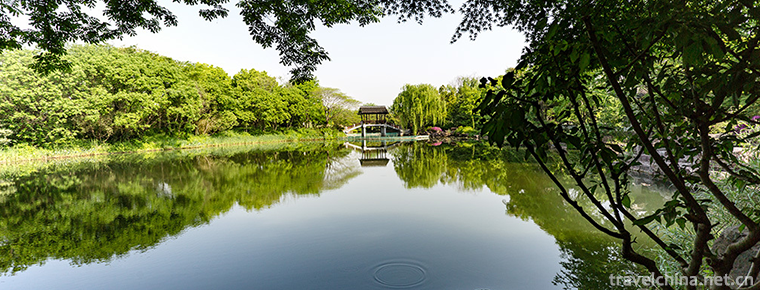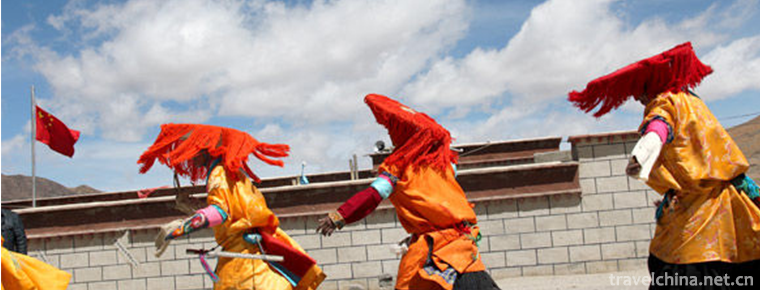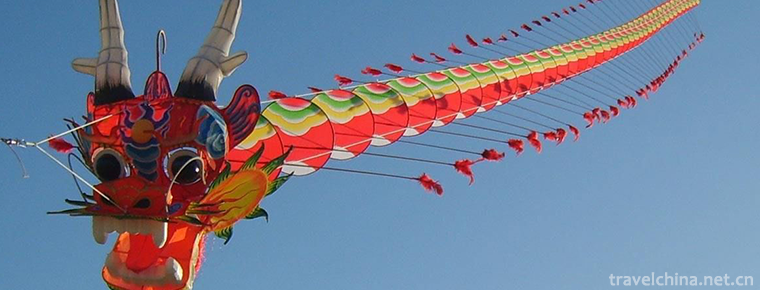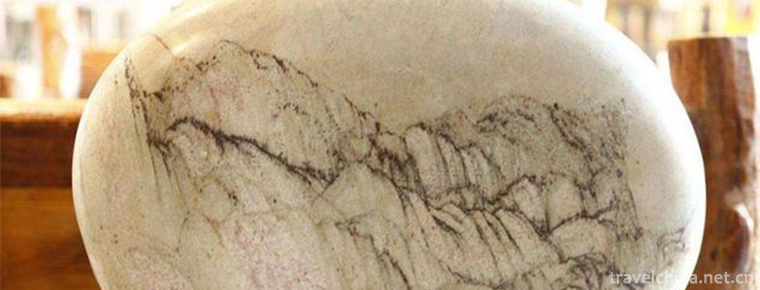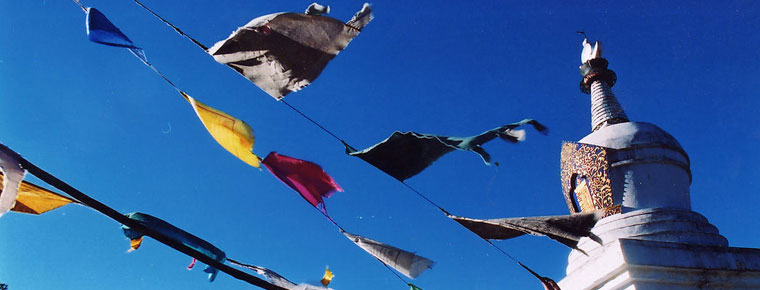Legend of Biashla
Legend of Biashla
Biashraze, also known as Ashraze, is the most representative Bimo Master of the Yi nationality. The legend of Ashraze has become divine through oral transmission and artistic processing of language. It is widely spread among the Yi people in Liangshan and has a profound mass base.
According to the genealogical records of Biashlaze, the descendants of Biashlaze have been handed down from generation to generation for about 30 generations, that is, nearly 800 years of historical figures. According to the records and folklore in Song Bizu of the Yi Sutra, La Ze determined to study at the age of three, completed his studies at the age of five, completed his studies at the age of eight, and accepted his apprenticeship at the age of nine. He was a prodigy and made great progress in his studies because of his intelligence and good learning. When he was an adult, he made friends in all directions. His footprints covered Liangshan, Xiaoliangshan, Qiaojia, Zhaotong and other places in southern Sichuan. La belonged to the early Yuan Dynasty, and "Song Dynasty is an epoch-making stage in Bimo's development history." Bimo was separated from the "ghost lord" of the tribal political leader, specializing in priests and devoting more energy to the compilation of Yi classics. Song and Yuan Dynasties were the era of great prosperity of Yi culture. La was probably a representative figure in this epoch-making period, and his stories gradually spread among the people.
The story of Biashraze has been widely circulated. In Jinyang, Meigu, Zhaojue and other places, the Yi people are most popular.
Jinyang is located in the eastern part of Liangshan Yi Autonomous Prefecture, Sichuan Province, 215 kilometers away from Xichang, adjacent to Zhaojue, Butuo and Leibo counties, and across the Jinshajiang River from Yongshan, Zhaoyang and Qiaojia counties in Yunnan Province. It covers 1588 square kilometers and covers 34 townships (towns) in five districts, with a total population of 150,000. It is a minority-inhabited County dominated by Yi people. The main food crops are corn, potatoes, oats, rice, etc. The main economic forests are pepper, white konjac, dry cane, Tung oil, privet, lacquer and so on. Mineral resources include more than 20 kinds of lead, zinc, iron, aluminum, phosphorus, silicon and coal. The county is rich in hydropower resources, and many small tributaries are connected with the Jinsha River. The hydropower reserves of the county are 223242 kilowatts.
Jinsha River flows through Jinyang 98.8 kilometers, the highest point in the territory is Lion Mountain at 4076 meters above sea level, and the lowest point is Hulupingzi at 460 meters above sea level. It has a unique climate and abundant biological resources. It has a subtropical monsoon climate. It has a subtropical mountain three-dimensional climate.
Legend has it that Ashra fought against the Tusi Azamo and finally defeated the immortal Tusi. When he was told by the court about the prison, he inserted divine branches and chanted 1, which led to the collapse of the prison. Folk describe him as "breathing is wind, blinking is rain, raising hands is thunder, throwing foot is earthquake", "one day curse mountain fall, one day after another towering. One day to catch eagles, hawk blood dots, one day to hit tigers, tiger head rolling around, one day to hit snakes, snake head like a heap of stones. He had participated in the court debate contest with the Bimo Master Agger of his time and won the Golden Signature Tube Award.
Another kind of legend is that when Raze was young, if he was foolish, he often created calligraphy with the black blood of the monster of half cat and half crow (some are monkeys) in the deep mountains, and then turned to be a generation of scholar ancestors, similar to the theory of making books in the storehouse of the Han nationality. In other words, the author of the book is the son of Laze, while the dancing crane is the soul of Laze who guides the fool. Laze has carried out the standardization and reform of the Yi language, and collected a large number of oral literature scattered among the people according to the ancient witchcraft and religious customs. He has created and played it in the environment of "hundred schools of thought contending" and compiled a large number of classical literary works.
It is said that Biashla once discussed with Liliayan the establishment of local laws and regulations such as marriage law, land law, family support law, closure of mountains and forestry law when he was in the Megurige family, which shows that Biashla is also a legislator and a senator in the political system. In Xichang, when the Lega-Assyrians attacked Meigu for some reasons, Biashla served as a military division. It is known that Biashla also played an important role in military affairs at that time.
Biashla, who lived in Yunnan before, visited all parts of Liangshan as an envoy to study geography, mountains and living environment. As a Bimota, he was also an astrologer. It can be seen that Biashla knew astronomy and inspected geography. He can be regarded as a master of astrogeography of the Yi nationality.
According to the records in Songbizu, Liangshan area was a dangerous natural environment. Tigers, poisonous snakes, giant gulls and bears threatened human production and life. In order to save the people from fire and water, Biashla created organs, traps, bows and arrows to exterminate them and eliminate the harm for the people. It shows that he was also a skillful inventor.
Ashra may have actually lived in Gitwood, Meigu County, and so on. The site now has well-known Laze wells, roofs, horses and graveyards in Laze Zige. The proverbs and books of the Yi people have said that "all originated from Wogang". After Laze's death, important scriptures and calligraphy tools were passed on to his descendants. The scriptures were handed down to the Wu Qiqubi family of Erchen's family, and they have been used up to now. However, they have changed a lot in the process of passing and copying, which is quite different from the Age of Ashraze. The Faling Principle was handed down to Wu Qi's family, and then it was accidentally lost (it was regarded as a God by the people, and is now hidden in the Meigu County Cultural Museum). Fali was handed down to the Aru family of Erbi's family. It is said that he was confiscated and lost in Zhongpuxiong during the period of the Civil Reform. Its signature tube was handed down to the Shao Ti parents and children of the Erji group to take over. When Jielajao died, because of his great heir, the signature tube and scriptures were placed in the four people's rush-to-repair temple in Wagu Township, Meishi County. The small Jishi Jirgilogen branch of the Shao Ti family was responsible for the sacrifice, and the descendants and people of Laze came to worship and pray for Yun, which is the famous Laze. Sutra building. When it was introduced to Jikshaogu (probably not long before the civil reform), the Jaggerbo family sacrificed once (the son of Jaggerbo now lives in Lijue Village, Wagu Township, Meigu County) and destroyed the temple at the time of the civil reform. Among them, the signboxes (dividing male, mother and son) were brought back by Comrade Liang Changquan, who later served as the director of the Meigu County Cultural Library, and two soldiers, and placed them in the hands of the government. Zhaojue, then the prefecture of Liangshan, was a long time ago and later collected by the National Museum. In addition, there are also burnt stones near Jiukou Township, Meigu County, which were used in Laze Mantral Curse in that year. They are respected by the local people as miracles.
Folk Bimo's theory about Raze's creation of today's sacrificial books, combined with Raze's historical characteristics of the times and Bimo's great praise of Raze in Bimo's scriptures, can be seen that Raze's historical position in the history of Yi literature. The book also records the Yi people's long-term experience in fighting diseases and their understanding of diseases, medicines and pharmacology. It is known that Lazi has also contributed to the development of Yi medicine. Zaila traveled all over the country and often went to the Han District to buy paper, pen and ink. This shows that La Ze also made a positive contribution in the history of cultural exchanges between Yi and Han Dynasty. Biashla is indeed a versatile and talented person, worthy of being the most famous folk saint in the history of the Yi people. Now the folklore of Biashraze in Jinyang belongs to this category.
Biashlaze's stories and legendary materials have aroused wide interest of experts and scholars in ethnology, cultural anthropology, literature and art at home and abroad. Biashraze is a folk literary and artistic boutique created, enriched, processed, enriched and refined by the Yi folk artists and the people for thousands of years. It is a well-known, well-known and popular cultural treasure among the Yi people.
Ashraze's series of stories, which have a broad mass character among the Yi people, have become the most representative legend in Liangshan Pass-on tradition through continuous creation, processing and enrichment in the course of its spread over the past 800 years. It is of great historical value for us to deeply understand the history and culture and to study the religion, philosophy, history, literature, medicine and astronomy of the Yi people. 。


-
Jiajiang Tianfu Tourist Tea Garden
Jiajiang Tianfu Tourist Tea Garden is an important base invested by Tianfu Group in Western China. It is located in Jiajiang Tianfu Service Zone of Chengdu Chengdu.
Views: 97 Time 2019-01-21 -
Jiangwan Scenic Area of Wuyuan
Jiangwan Scenic Area is located in the northeast of Wuyuan County, Jiangxi Province, Shangrao City. It is an ancient village with rich Huizhou culture. Up to now, the village has preserved a large num.
Views: 201 Time 2019-01-21 -
South Australia Island Tourist Area
Nanao Island is the only island county in Guangdong Province. It is composed of 37 small islands with a land area of 130.90 square kilometers (including 128.35 square kilometers of the main island) an.
Views: 150 Time 2019-02-07 -
Memorial of Song Qinglings Former Residence in Shanghai
Song Qingling's former residence in Shanghai is the place where Song Qingling lived and lived for a long time. Qingling came to live here in the spring of 1949 and ushered in the liberation of Shangha.
Views: 154 Time 2019-02-13 -
The Dai Garden of Xishuangbanna
The Dai Garden is called Xishuangbanna Dai Garden. Located in Xishuangbanna Olive Dam, Yunnan Province, China. There are five Dai Natural Villages with the best preservation in China.
Views: 175 Time 2019-02-25 -
Xixi Wetland Tourist Area
Xixi National Wetland Park is located in the west of Hangzhou City, Zhejiang Province. It is only 6 kilometers away from Wulin Gate, the main city of Hangzhou, and 5 kilometers away from West Lake..
Views: 126 Time 2019-02-25 -
Dan GA harmonics
Jia Hao, which means "grand singing and dancing performance" in Chinese, is a kind of collective dance, usually performed in the Tibetan New Year and major festivals every year. Men.
Views: 330 Time 2019-04-25 -
Kite making skills
Kite making skills, Weifang City of Shandong Province, Nantong City of Jiangsu Province, Lhasa City of Tibet Autonomous Region, Beijing, Tianjin and other local traditional skills, one of the national.
Views: 120 Time 2019-04-29 -
Stone Appreciation Art
In the form of both pictures and texts, Stone Appreciation Art popularizes the knowledge of Stone Appreciation Art to readers, especially young readers..
Views: 143 Time 2019-06-13 -
Paoma mountain Paoma Hill
Paoma mountain is located in the south of Kangding City, Ganzi Tibetan Autonomous Prefecture, Sichuan Province. It is the extension of Gongga mountain to the north. It is the core area of the "two-hour tourism economic circle around Gongga" and a national .
Views: 109 Time 2020-12-06 -
Mineral resources in Guangan
Guang'an City is located in the middle part of Huaying Mountain. The mineral resources are mainly distributed in Huayingshan, Tongluoshan and Mingyueshan anticlines, and two synclines of Dongcao and Xicao in Linshui county. More than 30 kinds of mineral depo.
Views: 288 Time 2020-12-19 -
Dazhou folk culture
Dazhou yuanjiu Climbing Festival this tradition has been followed for thousands of years, every year on the ninth day of the first month, hundreds of thousands of people travel to the city, this spectacular scene is also rare in the country. It is said that i.
Views: 288 Time 2020-12-20
